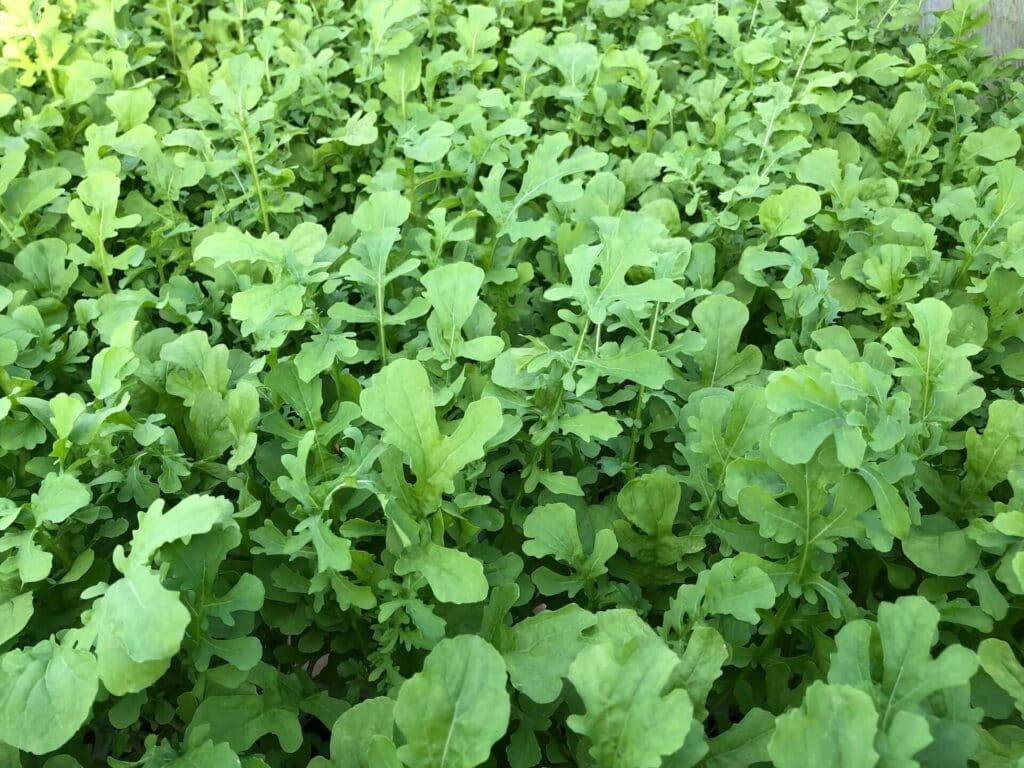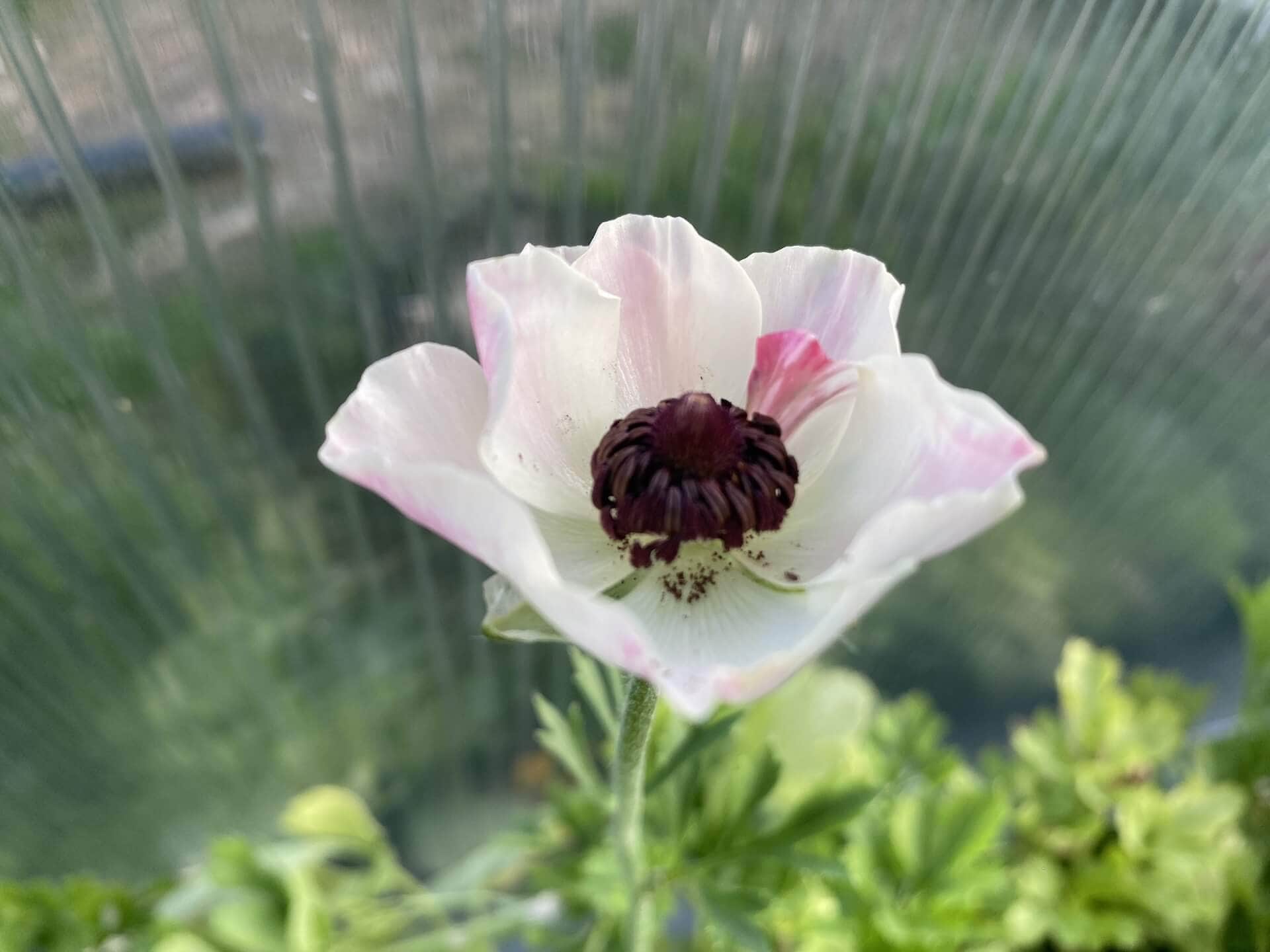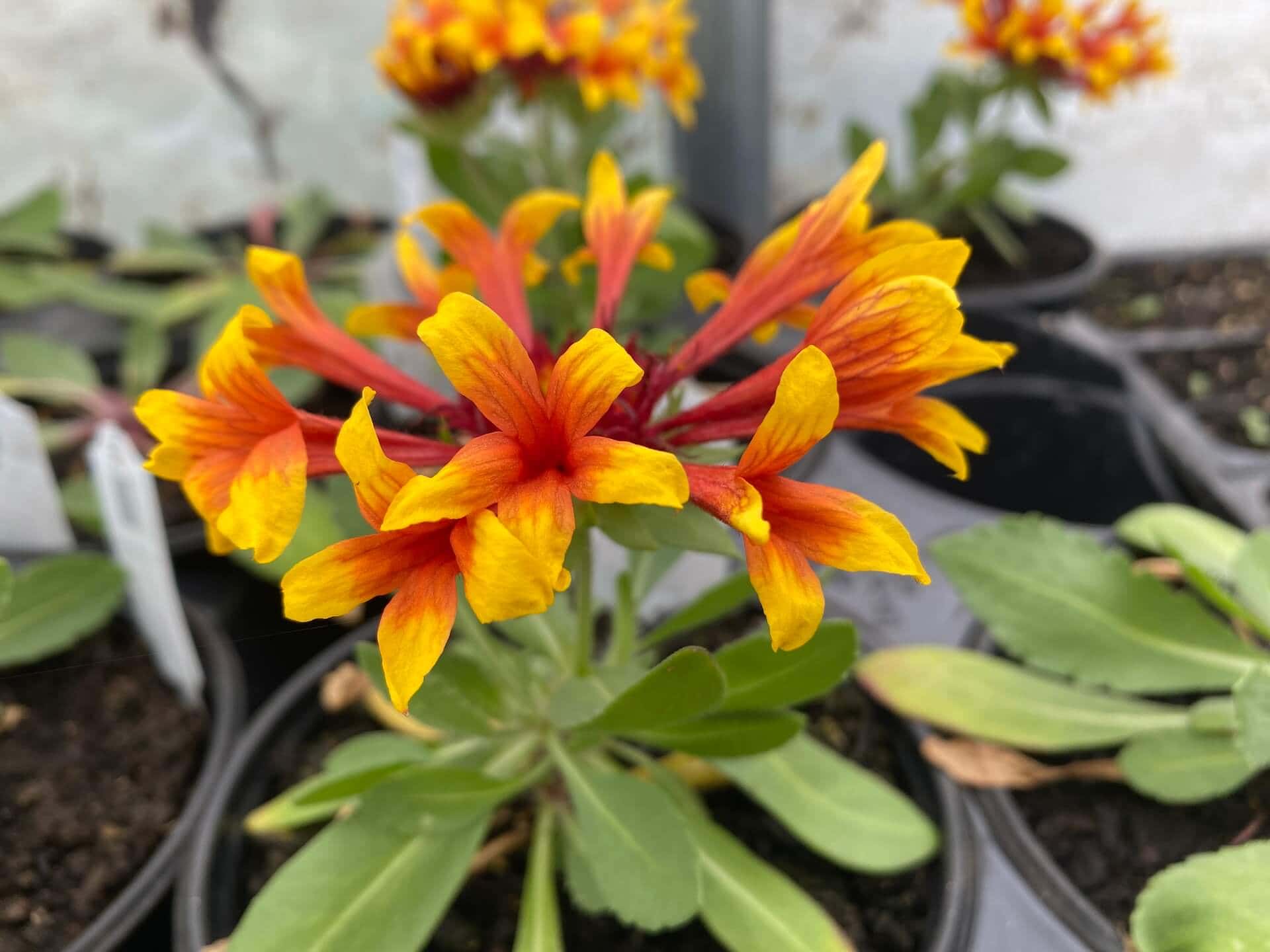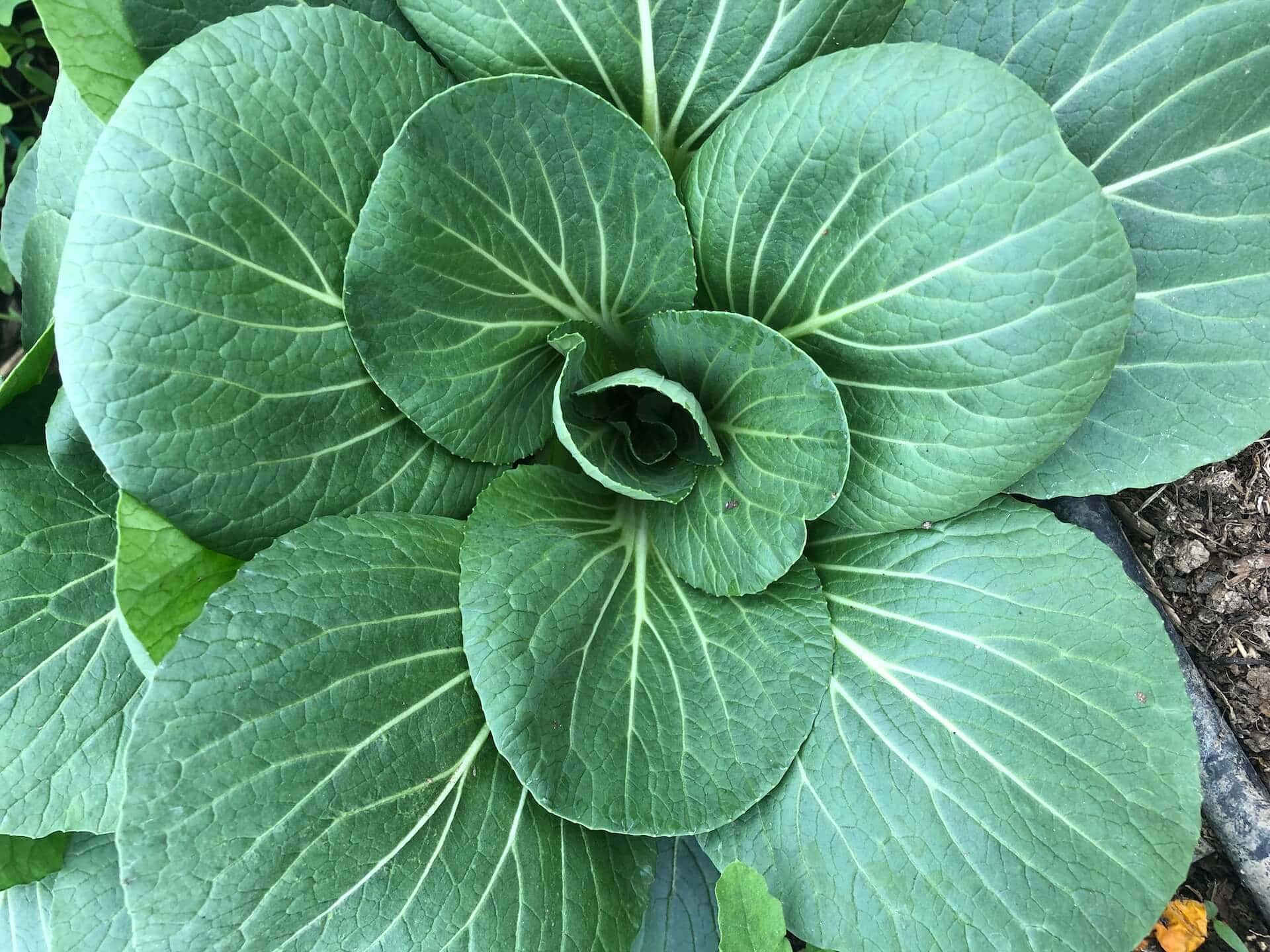This post may contain affiliate links. Probably doesn’t, but it might. It doesn’t cost you anything extra but if you use these links to buy something, we may earn a commission.
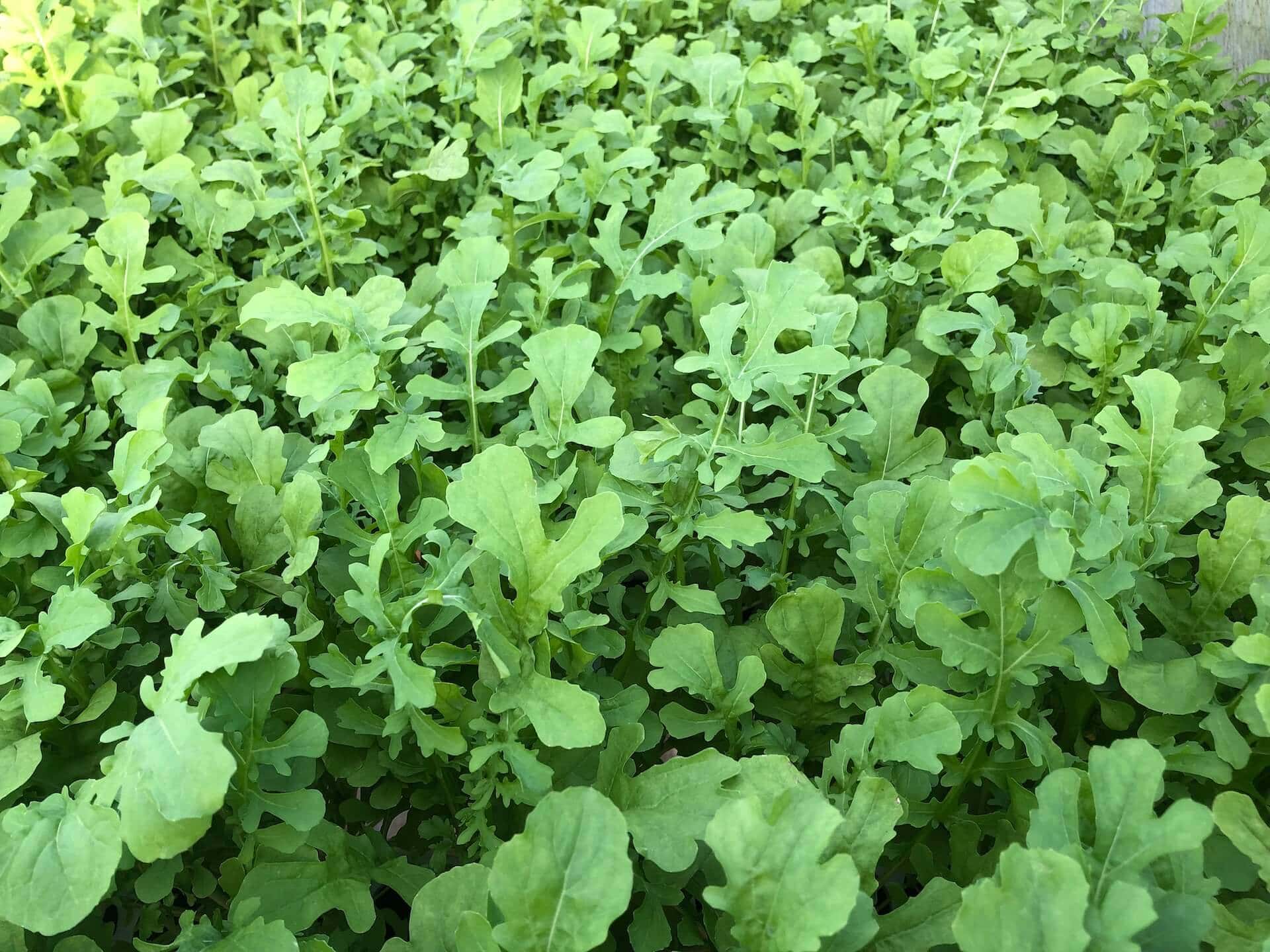
Arugula, with its bold, peppery taste, is a versatile green that adds a zesty kick to salads, pastas, and more. The thought of having this flavorful ingredient at your fingertips, fresh from the garden, is undoubtedly enticing. One of the beauties of arugula is its quick growth, reaching maturity in just a few short weeks. If you’re eager to cultivate your own supply, here are ten key considerations for growing arugula.
- Planting Location: Choose a spot with well-drained soil and partial shade, especially in warmer climates. Arugula can also grow well in pots. Since it is fast growing, you can seed arugula around the base of a tomato plant in a container. You will harvest the arugula before the tomato plant gets too large.
- Sowing Seeds: Plant arugula seeds directly in the soil, about ½ inch deep and 1 inch apart, in rows spaced 6-12 inches apart. If you plan to harvest the whole plant, you can plant densely.
- Watering Needs: Keep the soil consistently moist but not waterlogged. Water regularly, especially during dry periods. The plants have shallow roots, so watering does not need to be extensive, but regular water is key.
- Fertilization: Arugula doesn’t require much fertilizer but can benefit from a light application of nitrogen-rich fertilizer. If you use a good bedding mix, it contains compost already, so you will not need to add any additional fertilizer. Keep in mind that you will want to have an addition of compost if you have another plant go in when the arugula is finished.
- Harvesting: You can start harvesting arugula leaves when they reach about 2-3 inches in height, when the plants are about 3 weeks old. Cut the outer leaves, allowing the inner leaves to continue growing.
The pepperiness of the arugula increases with the age of the plants and the temperature. In cooler weather, temperatures under 70F, you can harvest arugula for 4 weeks. In hot weather, you will be able to harvest for 2-3 weeks.
You can also harvest arugula at the microgreen stage, when it is about 10 days old. Harvest the whole plant and use on sandwiches or salads. The flavor is much milder. - Pests and Diseases: Watch out for flea beetles, which can damage arugula leaves. Use row covers or organic insecticides if needed. Diseases are rare but can occur in wet conditions; ensure good air circulation around plants. Because arugula is a quick crop, it usually does not have problems.
Spring planting often brings flea beetles. They will eat some holes in the leaves, but you rarely see the bugs. The leaves are still good for people to eat, just not perfect in appearance. In raised beds, you will see less damage. In the fall, there is little evidence of flea beetles. Changing your planting can take care of these pests. - Succession Planting: Sow new seeds every few weeks for a continuous harvest, as arugula tends to bolt (go to seed) quickly in hot weather.
When it gets hot, the arugula plant will send up a tall stem with flowers. This is called bolting. This happens naturally as the plant ages or when it is hot, over 80F. While the leaves are still edible, they are quite intense and pungent in flavor, more so than what most people enjoy. - Companion Planting: Planting arugula near tomatoes, peppers, or herbs like dill can help deter pests and improve growth.
You can plant close to large plants such as eggplant or tomatoes, as the arugula harvest will be done by the time the other plants develop some size. - Storage: Store harvested arugula in the refrigerator. Unless you see dirt on the leaves, it is best to wait to wash the leaves until right before eating. Any damp leaves in the refrigerator will result in mold.
As with all vegetables, you will have the most flavor and nutritional benefits when you consume the arugula right after harvesting. - Flavor and Use: Enjoy the peppery flavor of arugula in salads, sandwiches, or as a garnish for various dishes.

Here’s a simple recipe for arugula pesto:
Ingredients:
- 2 cups fresh arugula
- 1/2 cup grated Parmesan cheese
- 1/3 cup walnuts or pine nuts
- 2 garlic cloves, minced
- 1/2 cup olive oil
- Salt and pepper to taste
Instructions:
- In a food processor, combine arugula, Parmesan cheese, nuts, and garlic. Pulse until finely chopped.
- With the food processor running, slowly add the olive oil until the mixture is well combined and smooth.
- Season with salt and pepper to taste.
- Use immediately or store in an airtight container in the refrigerator for up to a week.
Should you get arugula plants or start from seed?
Arugula plants save you a bit of time in the growth cycle. If you get plants, be sure to get them in the ground as quickly as possible and water well. After a few days, harvest a few of the outer leaves to encourage the plants to grow more leaves. As long as you leave 2-3 of the inner leaves, the plant will continue to grow.
If you get a seed packet, you are not required to start all the seeds at once. Now that you know you need to start a few seeds every 3-4 weeks if you want a regular supply, you can see the benefits of having arugula seeds at your fingertips.
Arugula plants can be found at your local farm if they sell vegetable starts in the spring. Typically you will find plants in the spring but not in the summer.
Conclusion
Growing arugula can be a rewarding experience, offering a fresh, homegrown ingredient that adds a unique flavor to your dishes. Whether you’re a seasoned gardener or just starting out, arugula is a relatively easy crop to grow. By following these tips, you can enjoy a bountiful harvest of this delicious green throughout the growing season. So, roll up your sleeves, get your hands dirty, and enjoy the process of growing your own arugula!
If you are close to our farm near Wilmington, Delaware, come visit! We grow arugula 12 months out of the year, and the farm market is open year round. If not, please find a farm close to you and support whatever they are growing. We appreciate your interest in sustainable agriculture.
Happy growing and happy eating!
~ Ruth
Additional resources
https://www.johnnyseeds.com/vegetables/greens/arugula-roquette/
https://greenthumb.samcart.com/products/vegetables-containers/
https://gardenplanner.almanac.com/pests/us-and-canada/plant-problems/arugula-pests-identification/
